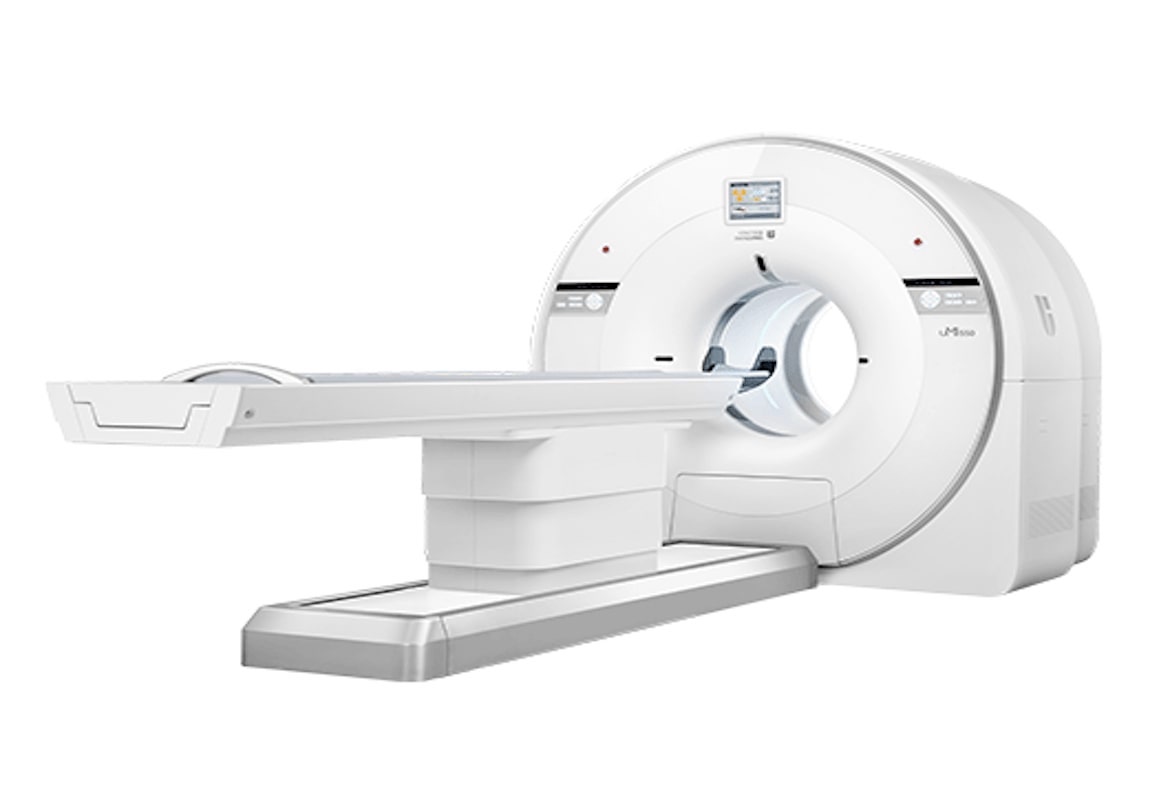
Patient Check In Forms
Please fill forms out completely and bring them with you at time of appointment.
EXAM PREPARATION
Positron emission tomography—computed tomography (PET/CT) provides highly detailed images that can help fine-tune a diagnosis for cancer, heart disease or brain disorders. PET/CT uses a small dose of radiation to create detailed images of structures and functions inside your body and can detect problems that don’t show up on other types of diagnostic imaging exams.
Preparation for your CT will depend on the type of exam. Before your CT scan, please contact us so we can provide specific instructions and review your health and insurance information.
Patient Safety Tips Prior to the Exam
- Please let us know if you have any allergies or adverse reactions to medications.
- If you are pregnant or may be pregnant, please tell your doctor or technologist.
- Please leave your valuables at home or in your room in the hospital.
- Please let us now if you need interpreting services, this can be arranged for you.
- Bring a list of your current medications with you (out-patient).
Preparation for the Procedure
- You will be asked to follow the Limited Carbohydrate diet for the previous 24 hours before the date of your appointment.
- Do not eat or drink anything, except water, for 6 hours before the exam. You may drink water, as much water as you can would be helpful, until arrival.
- Routine medications may be taken, unless you have been instructed otherwise. If you are diabetic, you may take your diabetes medication no less than 4 hours prior to the exam.
- In certain situations, the doctor may order lab tests prior to contrast being given.
- Commonly, contrast is injected into a vein to better define the images throughout the body. If the radiologist believes this is helpful, a small intravenous (IV) line is placed in an arm vein. Through this line, the contrast and the isotope will be injected. The contrast will be excreted through your kidneys.
What to Expect
During Your Exam
- A technologist will put into a vein using an intravenous line (IV). Then s/he will put the radioactive substance in the IV. From there, it goes into your vein. You will not feel anything from the radioactive substance.
- The substance takes 30 to 90 minutes to reach the tissues that will be scanned. You need to lie quietly without moving or talking.
- A technologist will help you lie on a padded table. Your position depends on where the doctor wants to scan.
- The technologist might ask you to hold your breath sometimes. Motion from breathing can cause blurry pictures.
- If the machine scans a large part of your body, the test might take longer. The technologist can tell you about how long it will take.
